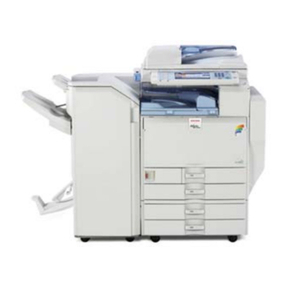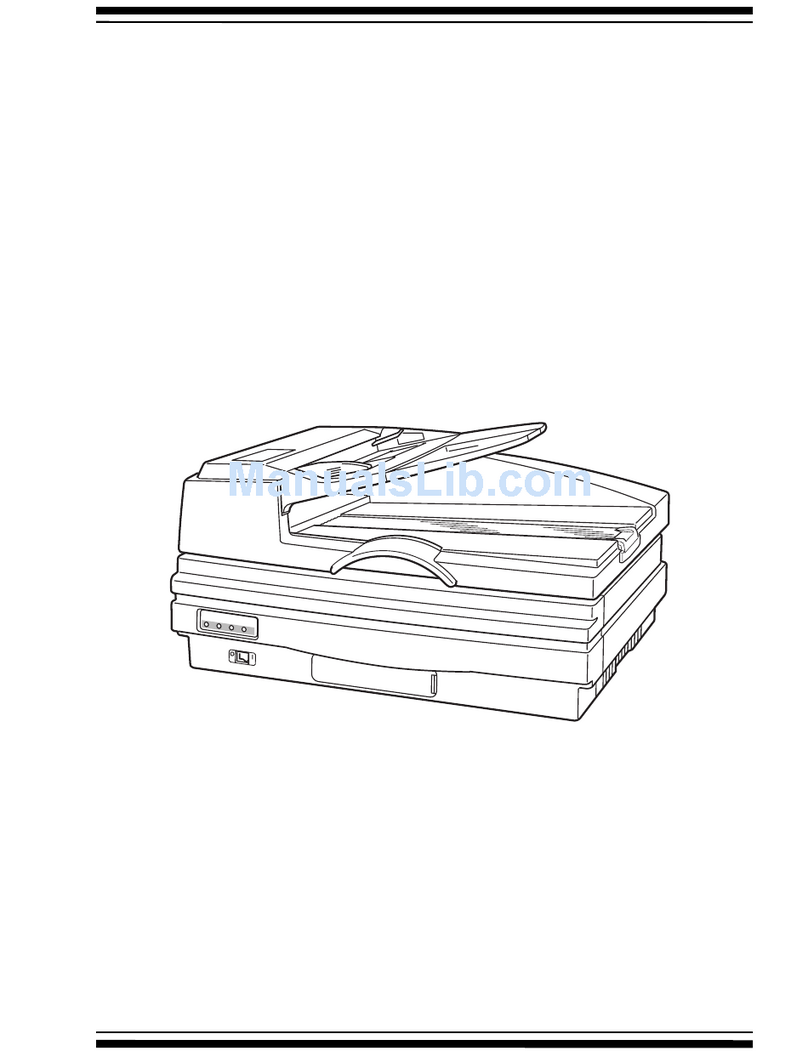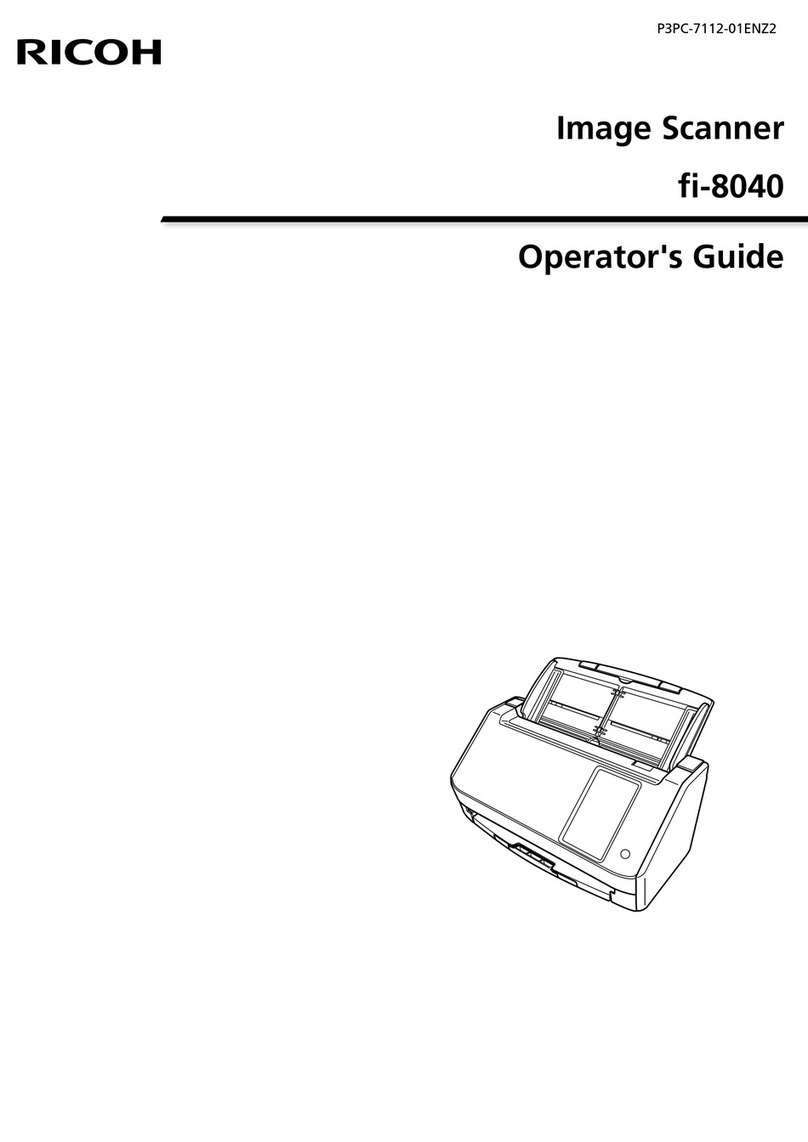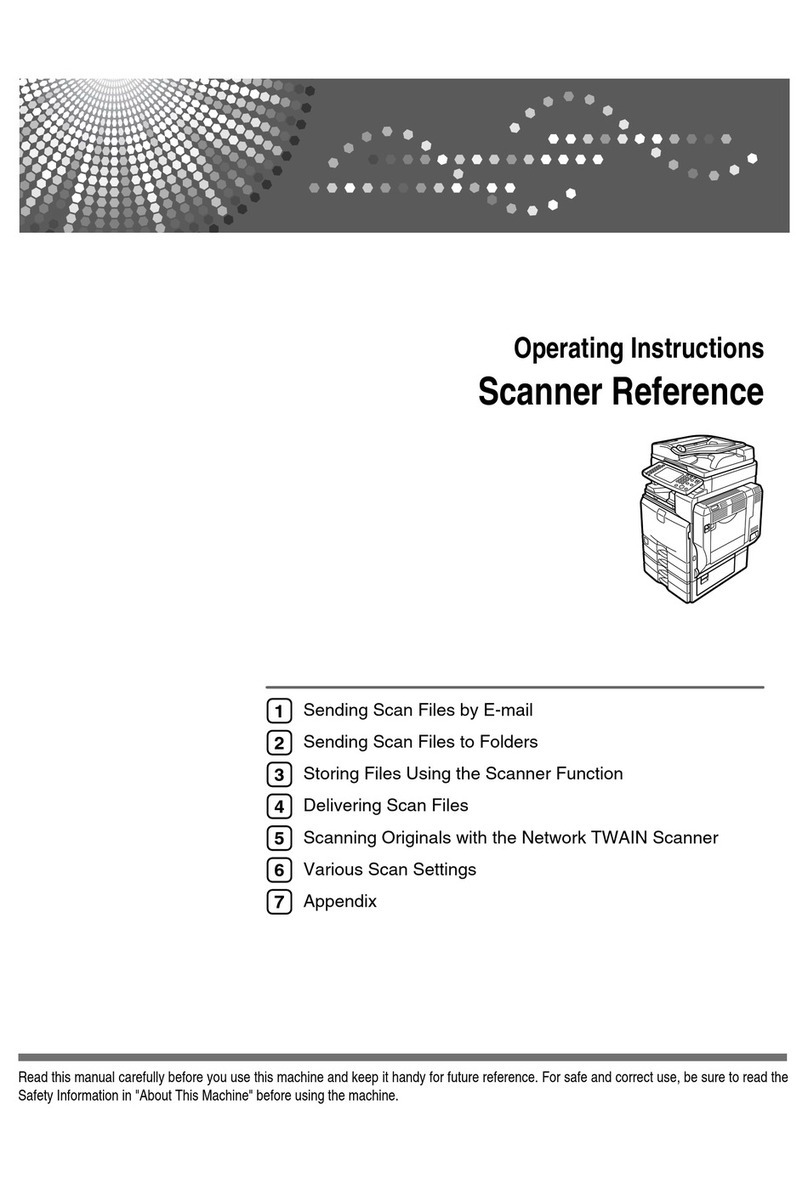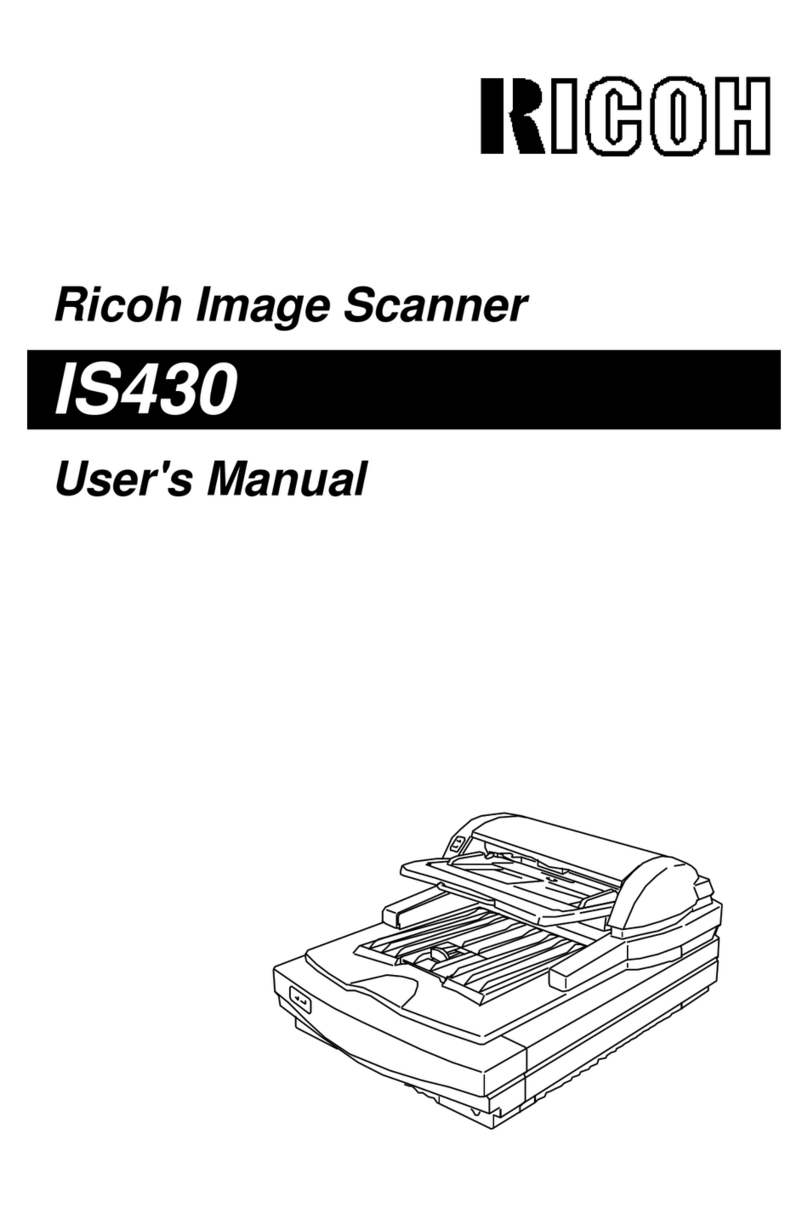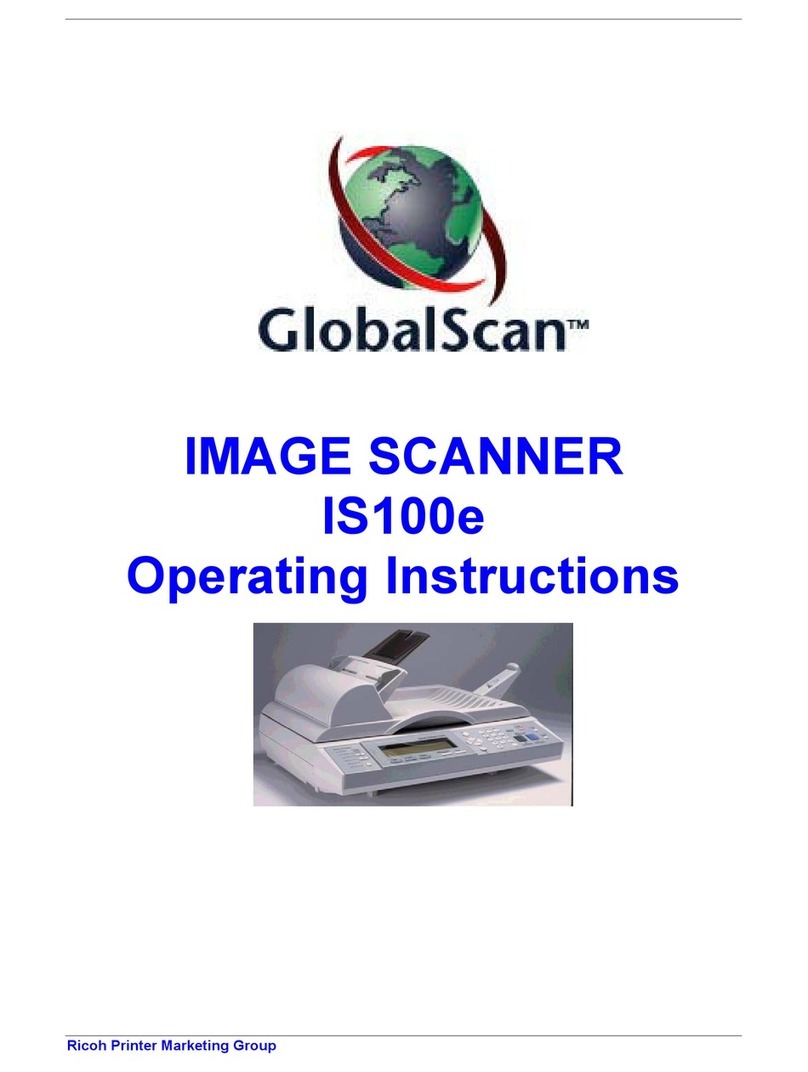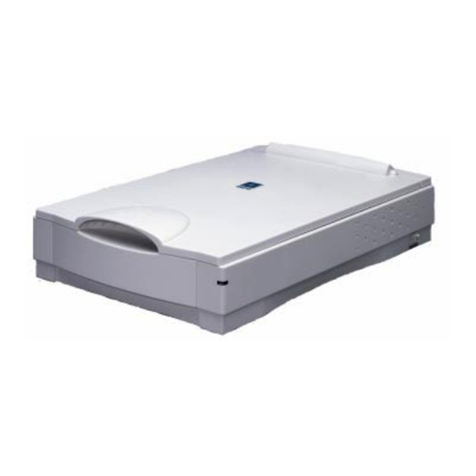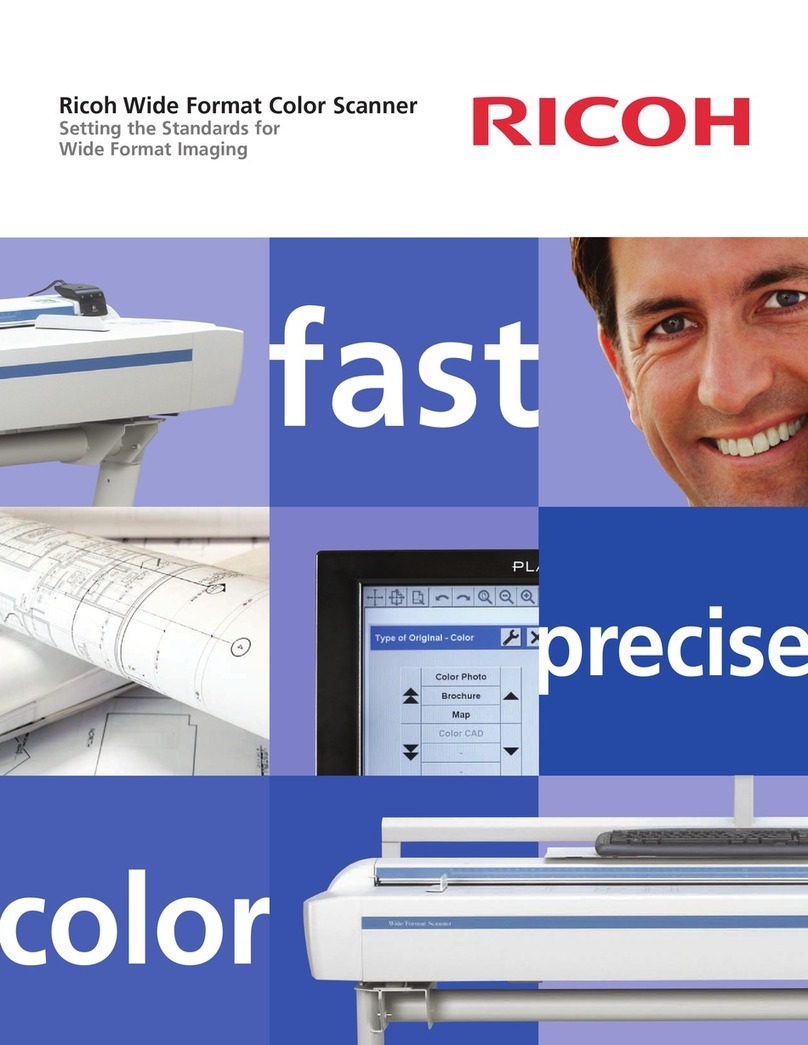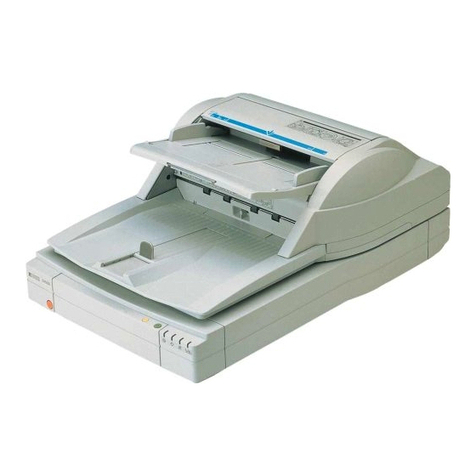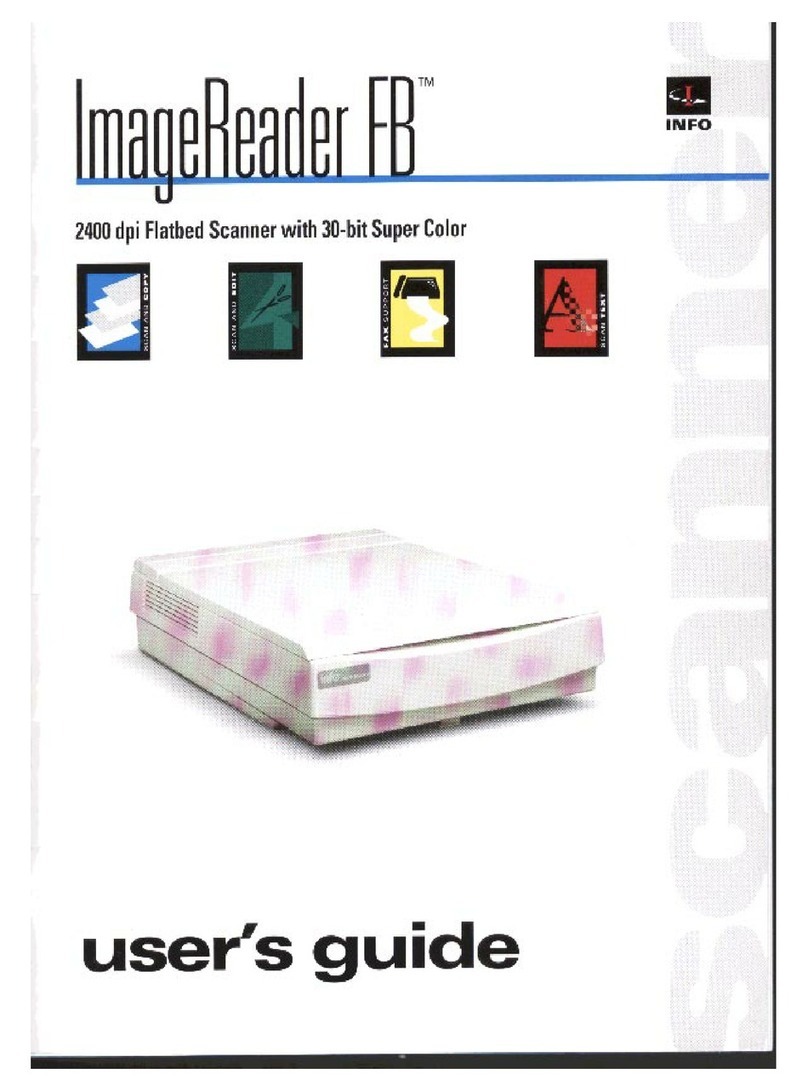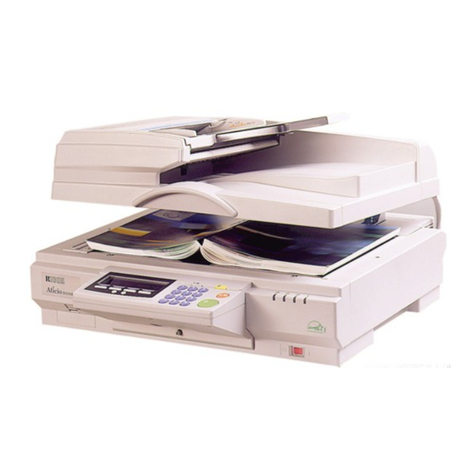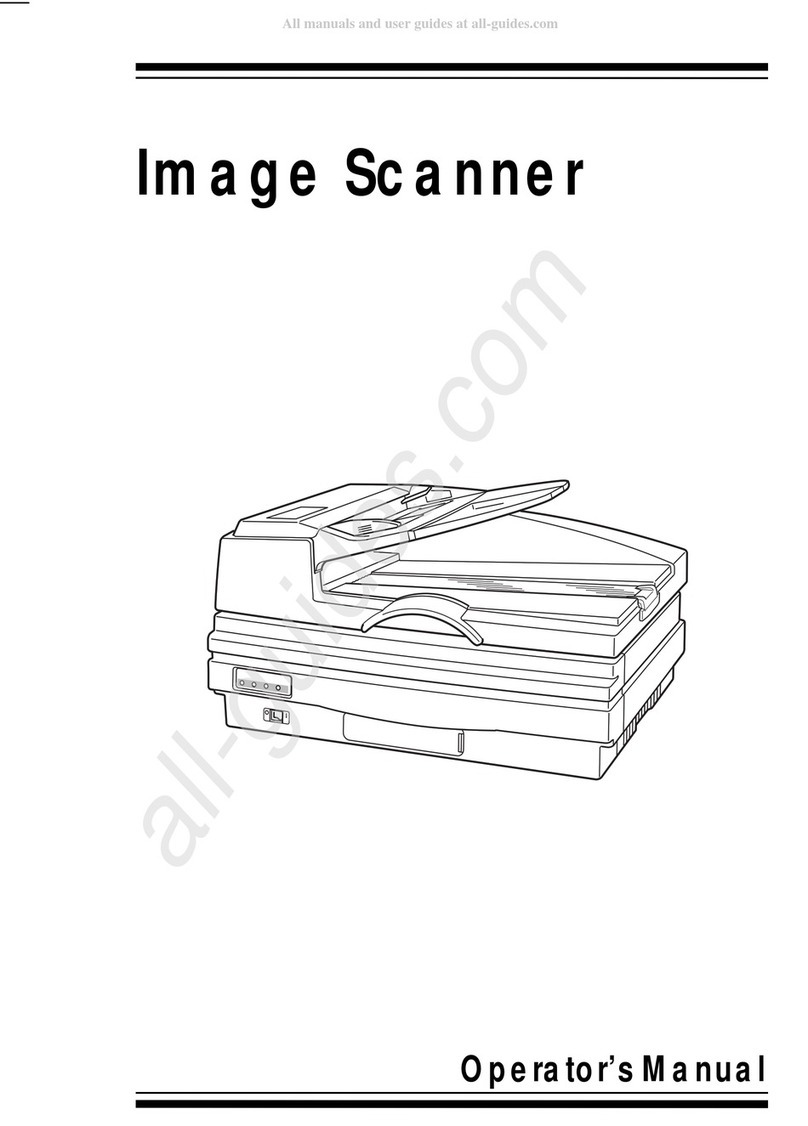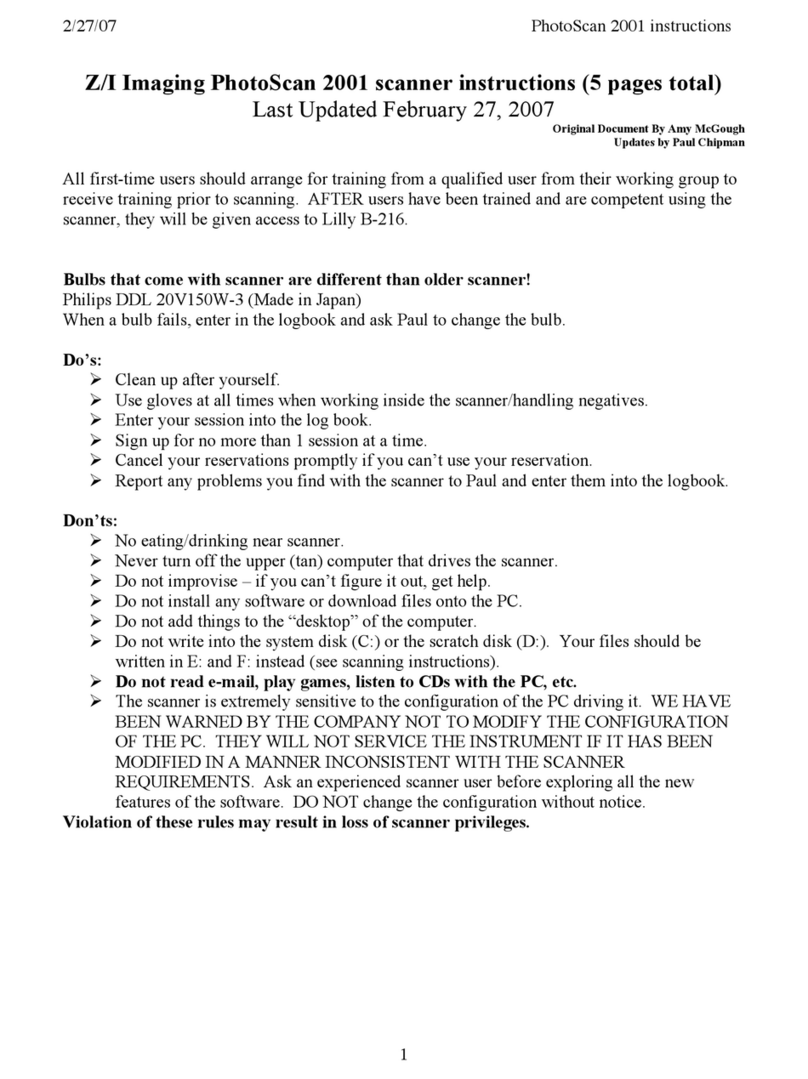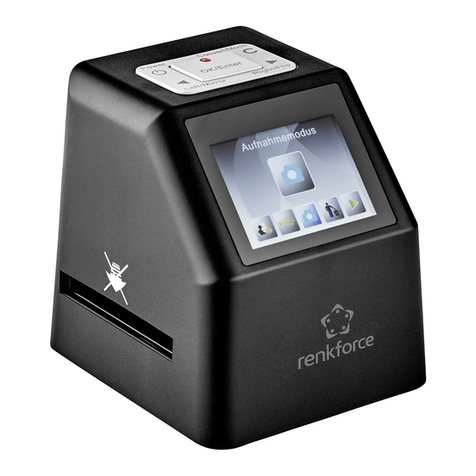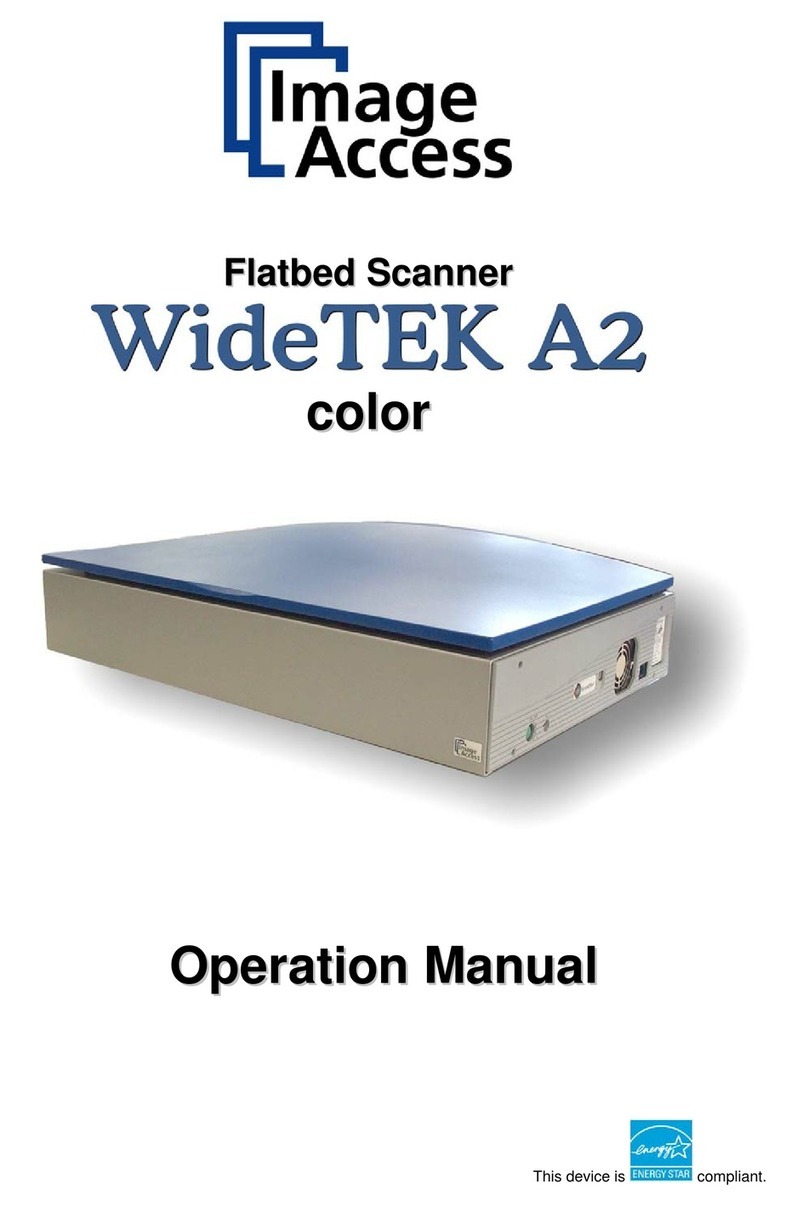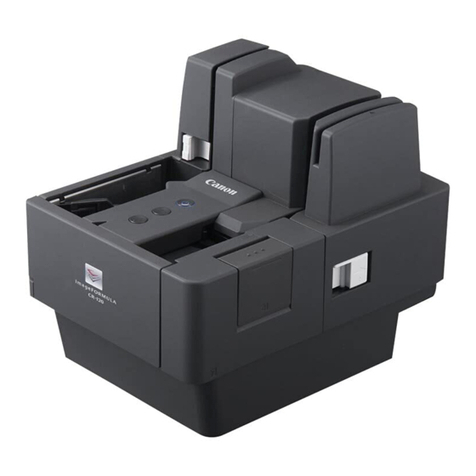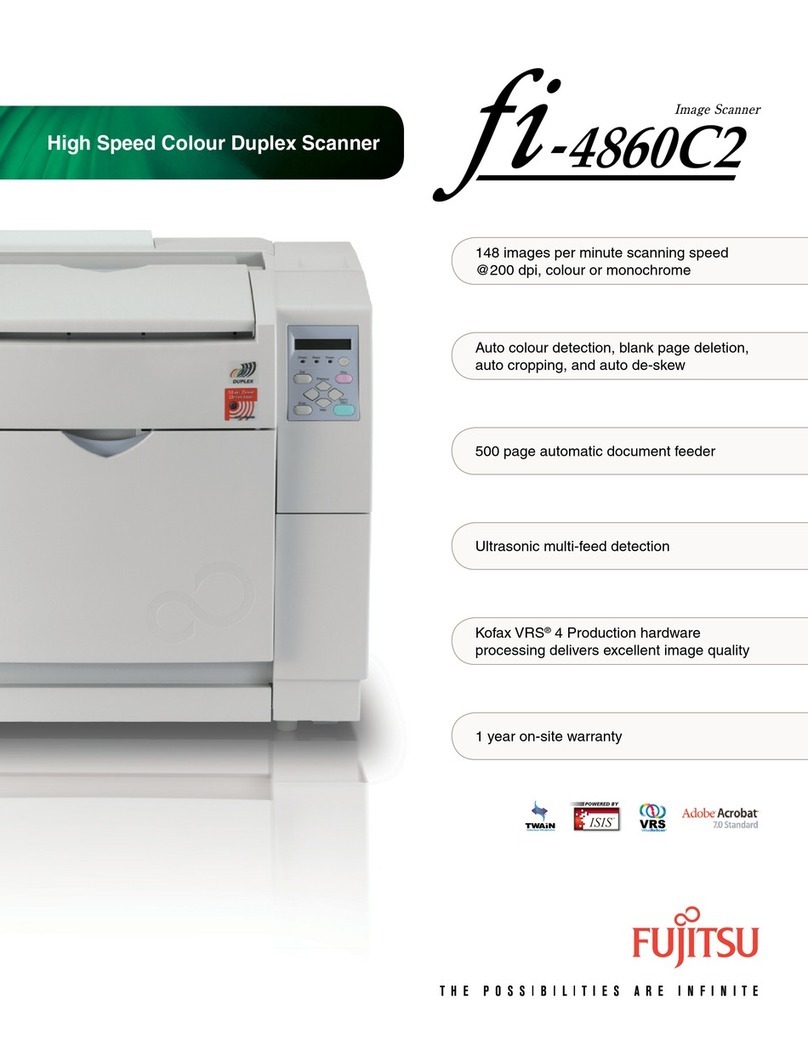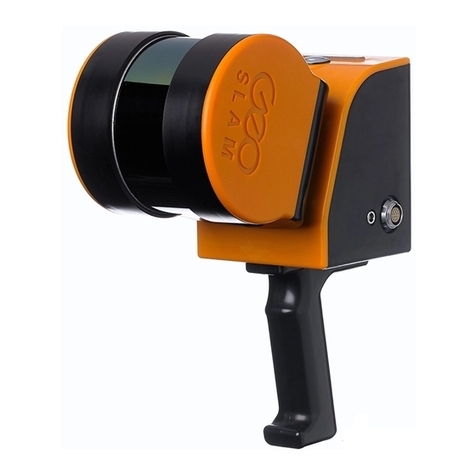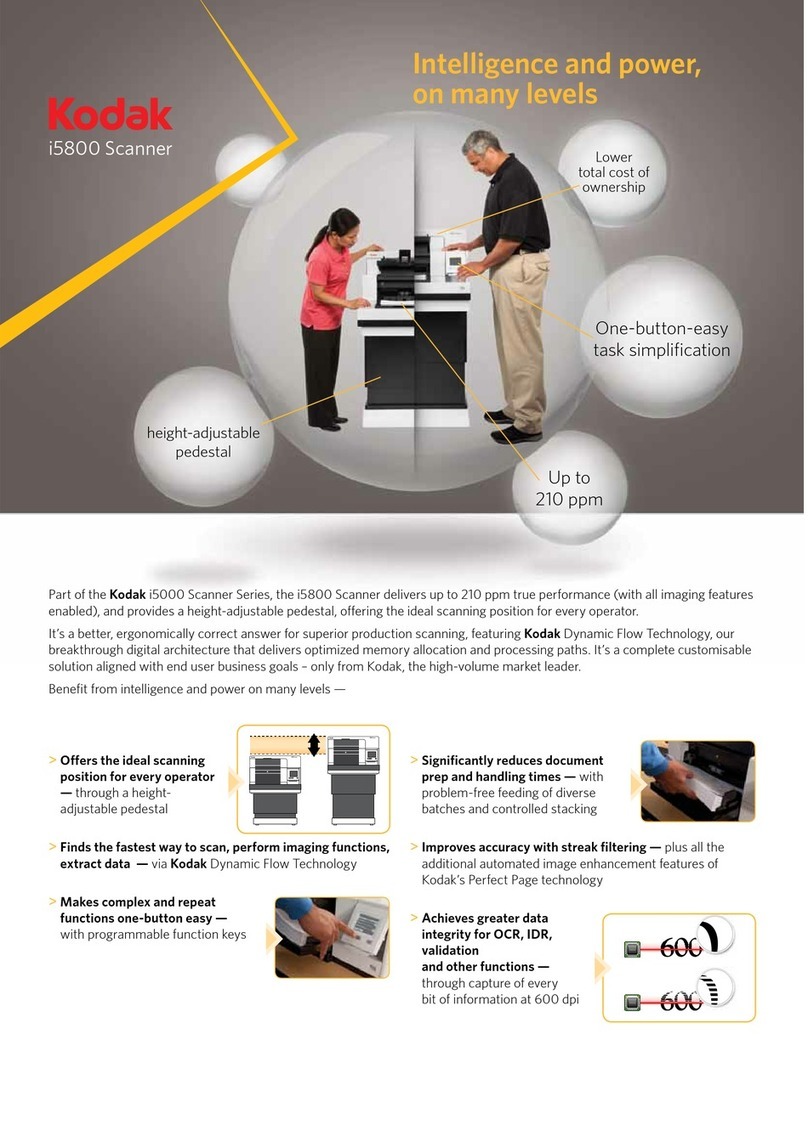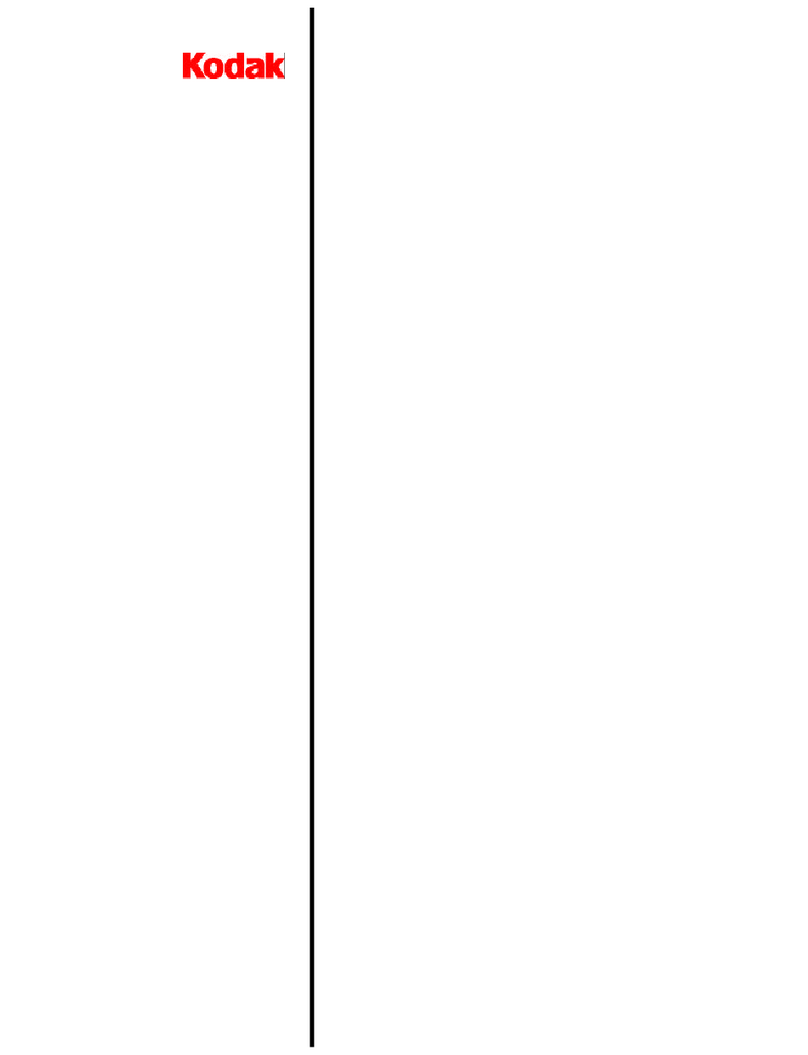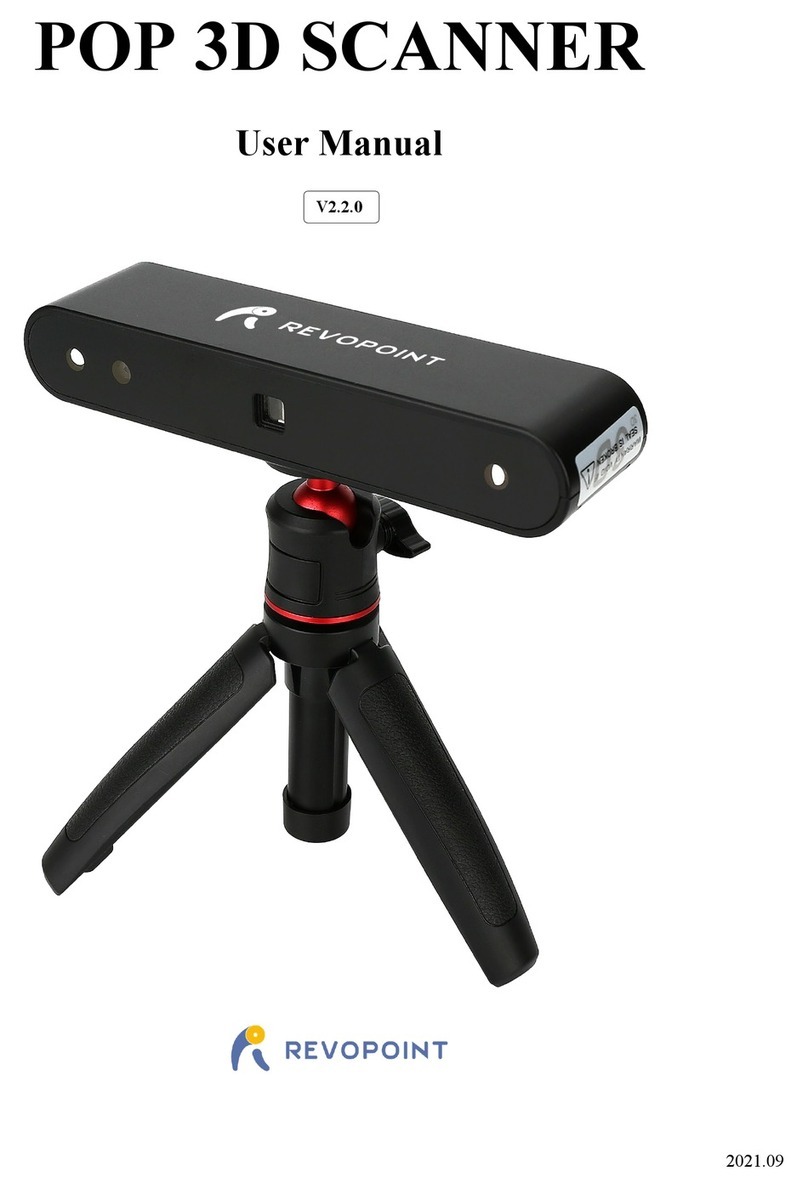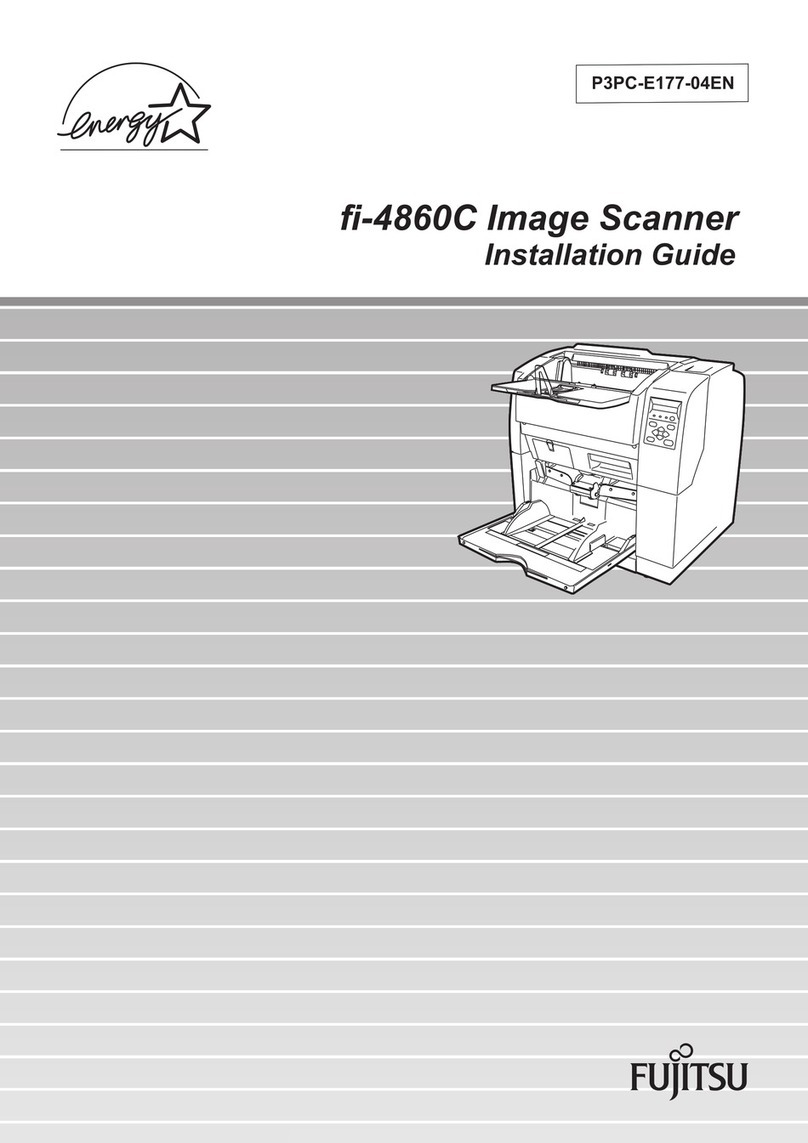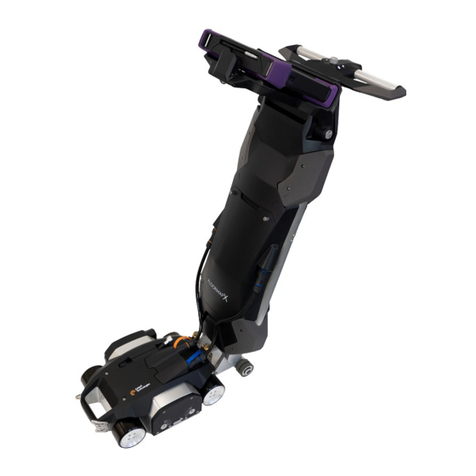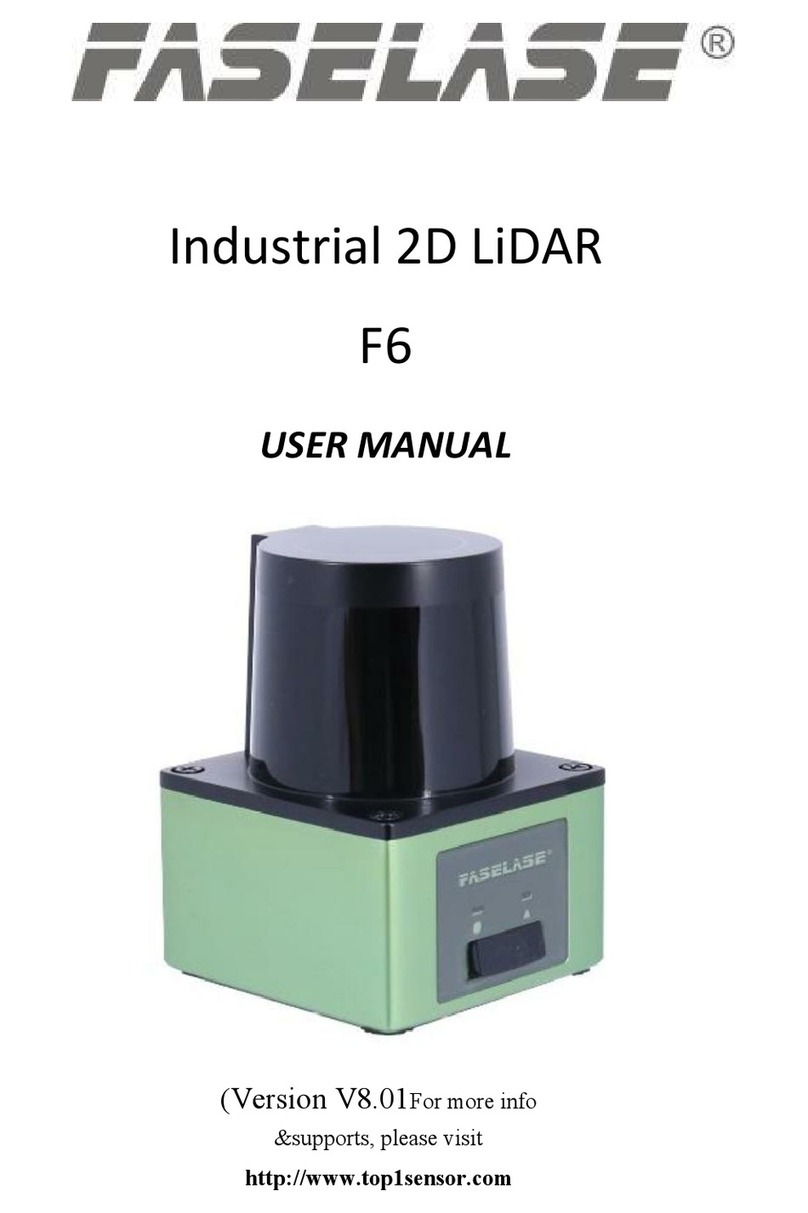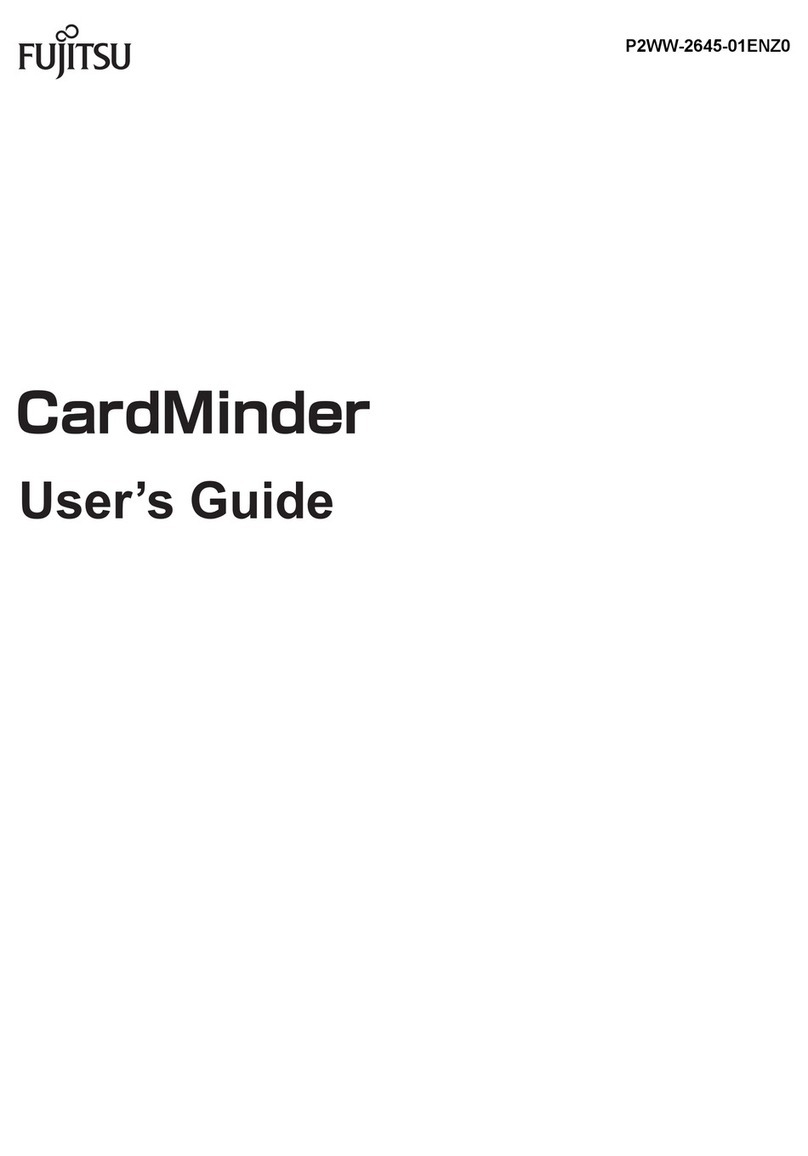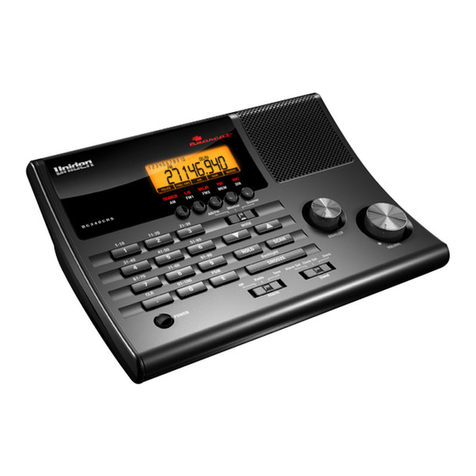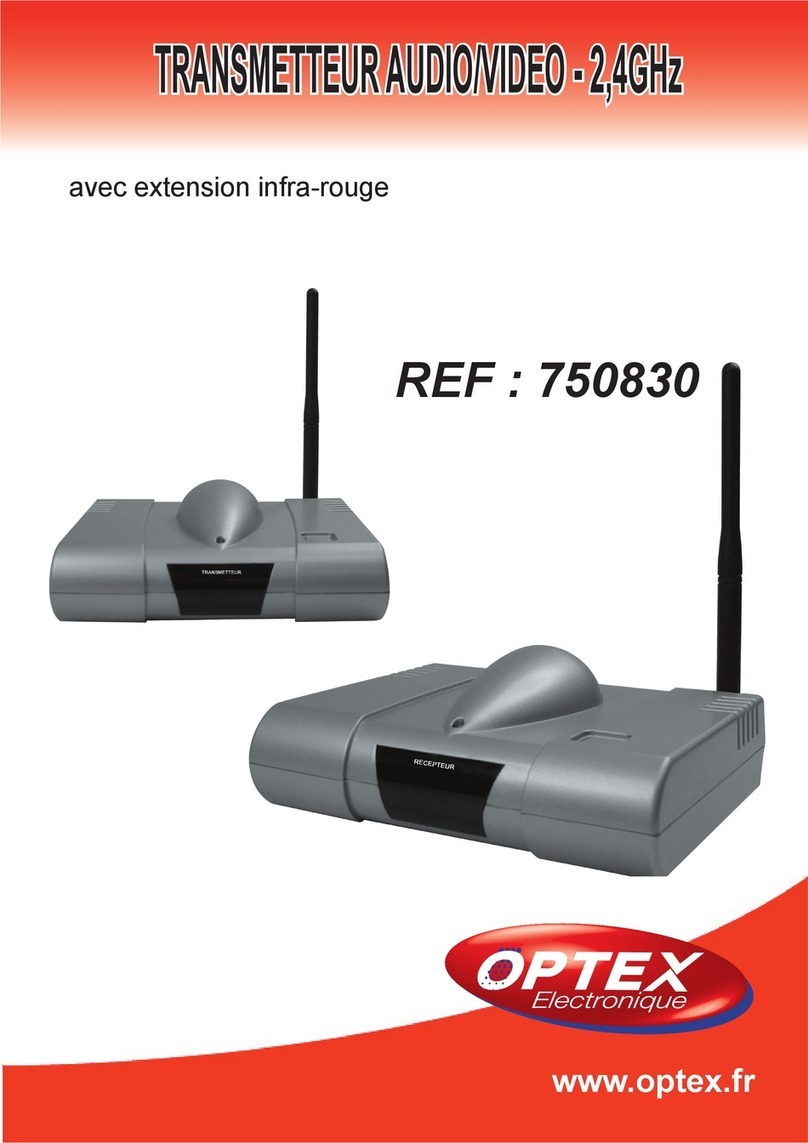
RICOH Technical Bulletin PAGE: 1/2
Reissued: 23-Mar-00
Model: IS450 / IS450DE/V Date: 17-Feb-00 No.: RG407001a
RTB Correction
The items in bold italics have been corrected or added.
Subject: Diffarence between HS2P and HS2P+ Prepared by: E. Fukuyama
From: Technical Services Dept., GTS Division
Classification: Troubleshooting
Mechanical
Paper path
Part information
Electrical
Transmit/receive
Action required
Service manual revision
Retrofit information
Other ( )
In preparation for HS2P+ mass production set to begin later this month, this RTB will
explain the differences between the HS2P and HS2P+. Therefore, there will be no Service
Manual released for the HS2P+.
The HS2P+ was developed for use with the KOFAX VRS system only, and many of its
components have been modified from the HS2P. After being connected to the RSCU
board, the KOFAX VRS board acts as an interface to forward the image data to the PC.
The following is a description of the differences between the HS2P and HS2P+, along with
a list of the sections of the Service Manual that require revision.
The following are the revisions made to the HS2P+ from the HS2P.
General differences from the HS2P:
1. In order to enable Auto Original Detection as well as Auto Skew Detection, the color of
the Platen Cover Sheet has been changed from white to black.
Modifications made to: Platen Cover Sheet, ADF Guide Plate, and Rear Roller.
2. In order to enable Grayscale Image Processing for the rear side of the scanned original,
a 32MB SIMM has been added.
Modifications made to: RCU Board.
3. A KOFAX VRS board is used as the interface between the scanner and PC.
Since this video interface is now used for scanner/PC communication, the SCSI I/F will
only be used by the service technician to diagnose problems with the scanner.
Therefore, a cover has been placed over the two SCSI interfaces.
Note: Ricoh’s product liability is limited to the scanner mainframe, the harness that
connects to the VRS interface board, and the connector on the VRS board for this
harness.
4. A Shading Calibration Sheet has been registered as a Service Part.
Since the rear roller in the HS2P+ is black, it is not possible to use the roller for rear side
shading. This is why a Shading Calibration Sheet was added. The shading data is
controlled by the KOFAX driver.
The RSCU board sends the data to the VRS board, and the data is not saved inside the
HS2P+ itself.
